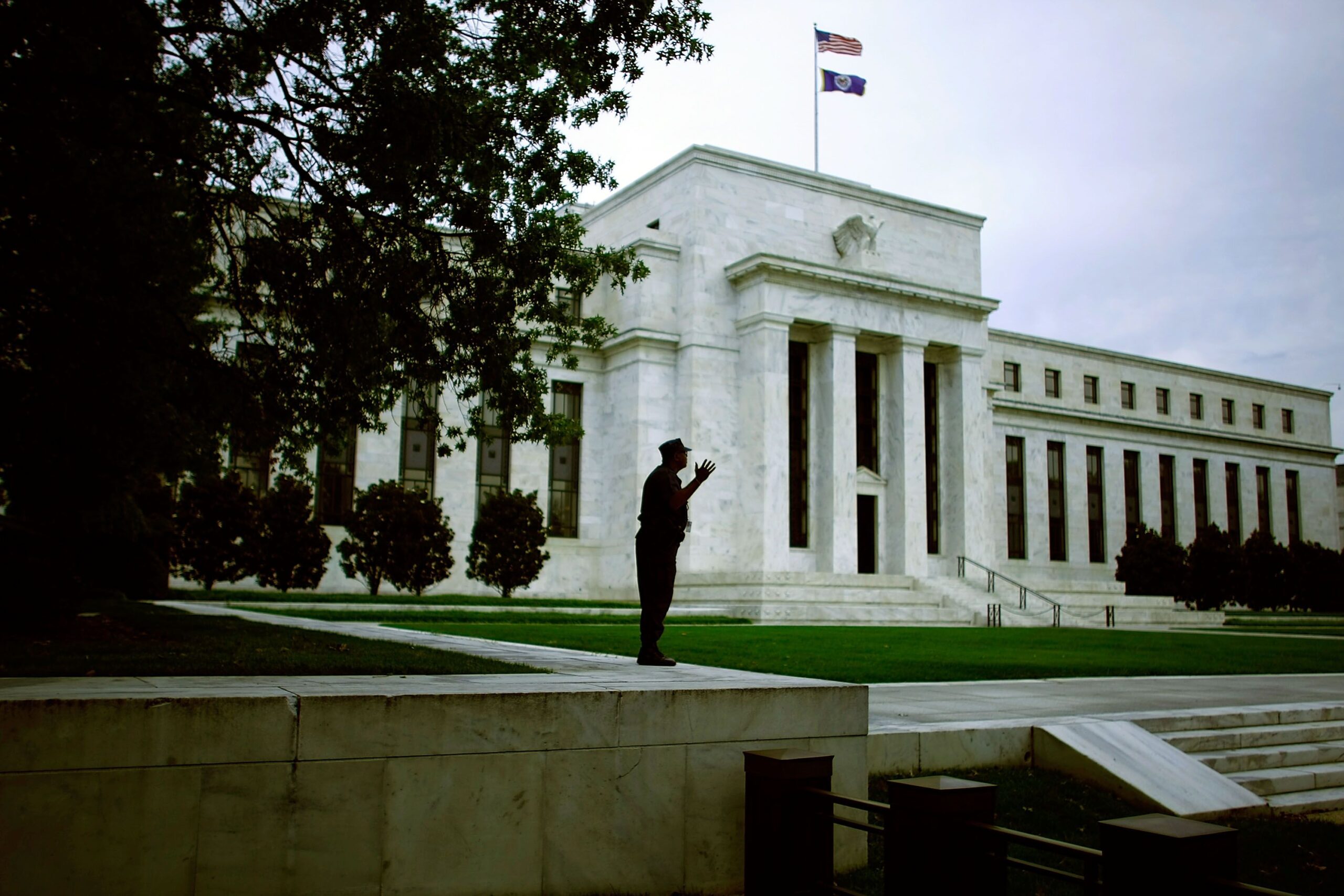In a recent meeting, Federal Reserve officials expressed growing concerns about potential inflationary pressures, leading them to support a pause in further interest rate cuts. The minutes from the January 28-29, 2025, meeting reveal that policymakers are particularly wary of the economic implications of President Donald Trump’s proposed trade tariffs and immigration policies. These factors, combined with robust consumer spending, are seen as potential catalysts for increased inflation in the coming months.
Inflation Concerns Prompt Policy Reassessment
The Federal Reserve’s decision to maintain the benchmark interest rate at 4.3% reflects a cautious approach amid signs of rising inflation. This stance comes after a series of rate cuts in the previous year, which had reduced the rate from a two-decade high of 5.3%. The minutes highlight that officials are keen to observe more concrete progress in controlling inflation before considering any further monetary easing. This prudent approach aims to balance the need for economic support with the risk of exacerbating inflationary trends.
Impact of Proposed Tariffs and Immigration Policies
President Trump’s proposed tariffs and immigration policies are central to the Federal Reserve’s current outlook. The potential for increased tariffs, particularly on imports from key trading partners, could lead to higher input costs for businesses. Many companies may pass these costs onto consumers, thereby contributing to overall price increases. Additionally, mass deportations of migrants could result in labor shortages in critical sectors, further driving up wages and production costs. These combined factors present a complex challenge for the Federal Reserve as it seeks to fulfill its dual mandate of promoting maximum employment and stabilizing prices.
Recent Inflation Data and Economic Indicators
Recent economic data underscores the Federal Reserve’s cautious stance. The Labor Department reported a 3% increase in consumer prices in January compared to the previous year, up from a 2.4% rate observed last September. This upward trend suggests that inflationary pressures are building more rapidly than previously anticipated. While the Federal Reserve typically monitors a separate inflation measure that currently indicates a rate closer to 2.5%, the overall trajectory points toward rising prices. This development has led many economists to predict limited, if any, rate cuts in the near future.
Diverging Views Among Federal Reserve Officials
The minutes reveal a unanimous decision to keep interest rates steady; however, they also indicate a spectrum of opinions among policymakers regarding future actions. Some officials advocate for patience, emphasizing the need to assess the full impact of recent policy changes and economic developments before making further adjustments. Others express concern that delaying action could allow inflation to become more entrenched, necessitating more aggressive measures down the line. This internal debate reflects the complexity of the current economic environment and the challenges inherent in navigating monetary policy amid uncertainty.
Market Reactions and Future Projections
Financial markets have responded to the Federal Reserve’s cautious approach with a degree of uncertainty. Investors are closely monitoring economic indicators and policy announcements to gauge the likely trajectory of interest rates. Futures markets suggest that while some investors anticipate a possible rate cut by mid-2025, others believe the Federal Reserve may maintain its current stance for a more extended period. This divergence in expectations highlights the delicate balance the Federal Reserve must strike in its communication and policy decisions to manage market perceptions effectively.
Global Economic Context
The Federal Reserve’s policy considerations are not occurring in isolation; they are influenced by broader global economic dynamics. Trade tensions resulting from proposed tariffs could have ripple effects across international markets, potentially disrupting supply chains and affecting global growth. Additionally, immigration policies may impact labor markets not only domestically but also in countries with close economic ties to the United States. The Federal Reserve must weigh these global factors as it formulates strategies to navigate the complex interplay between domestic policy initiatives and international economic stability.
Conclusion
As the Federal Reserve grapples with the potential for higher inflation driven by proposed trade and immigration policies, it has opted to pause further interest rate cuts. This decision reflects a careful assessment of the current economic landscape, acknowledging both the risks of rising prices and the uncertainties surrounding policy impacts. Moving forward, the Federal Reserve will continue to monitor economic indicators closely, striving to balance its objectives of fostering employment and maintaining price stability in an increasingly complex environment.

